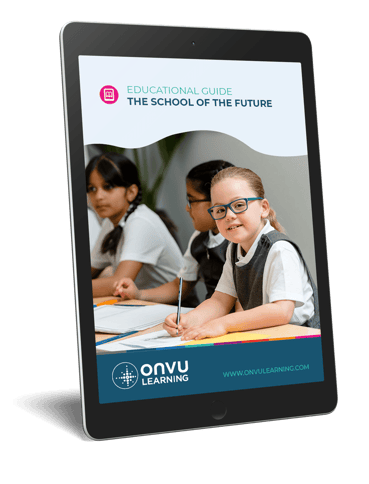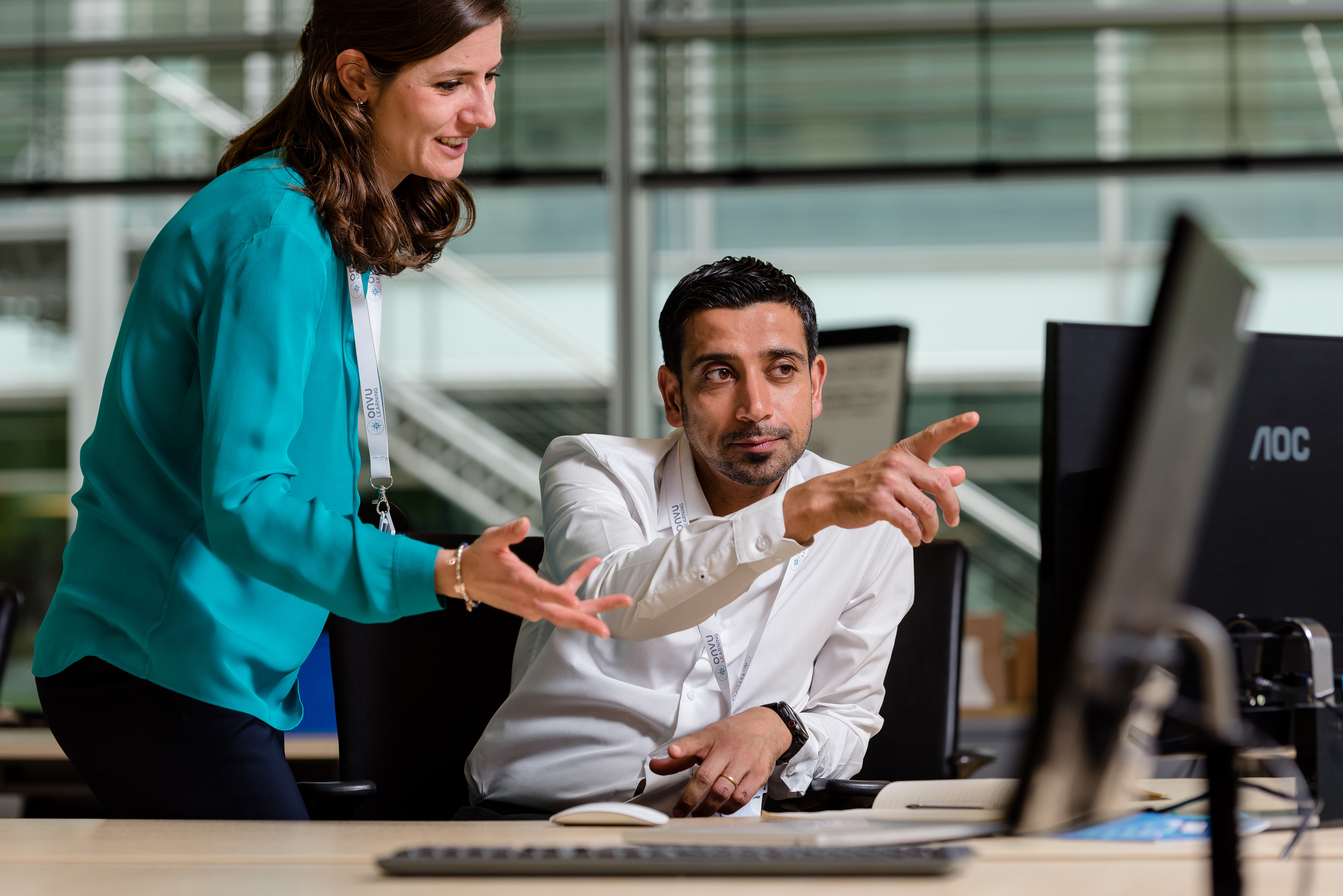- Blogs
- 2 Minute Read


Going back to school is a huge challenge for many schools this year. The focus is rightly on safety alongside enhanced pastoral support and an ongoing plan for remote or hybrid learning if required – all of which take a lot of time and effort. However, teachers will still need professional development and support in the classroom – and lesson observations have been and remain an important part of this process.
Our ideas for schools include:
We’ve written before about the concept of ‘lesson study’ where teachers form small groups and work together to plan and observe lessons. This would fit well with a situation where 2 or 3 teachers spent time working together with a year group and were able to observe each other without breaking a ‘bubble’.
If observers cannot visit lessons, there is strong evidence that self-reflection, especially in supportive culture can be effective. This would mean teachers reflection as soon as possible after a lesson on areas they felt needed exploration and then being able to talk to a colleague, manager or external coach. We wrote a series of articles to explore this issue and offer advice to teachers.
Video has come of age in the COVID pandemic, with most teachers having seen the impact in remote teaching. Using video in classrooms, especially permanently fixed video such as our Lessonvu system, means that teachers can review their lessons without any need for face-to-face contact. Recordings can be shared (with the correct permissions) with more than one colleague or line manager, allowing for discussion about the best way to teach specific issues or classes. Our case studies from Aston University Engineering Academy show how external coaches can make a big impact without having to visit the school.
Taking the above idea further, with the right GDPR policies, schools can record lessons and make them available to external bodies including teacher training institutions – so that student teachers can experience lessons and then discuss them with tutors and the teachers involved without needing to visit the school. Lessonvu’s 360-degree camera means that students can observe different parts of the classroom to see student reaction to new ideas and how they work – often a key requirement of ITT observations.

The School of the Future Guide is aimed at helping school leaders and teachers make informed choices when designing the learning environments of the future using existing and upcoming technologies, as they seek to prepare children for the rest of the 21st century – the result is a more efficient and competitive school.
KEEP IN TOUCH WITH ONVU LEARNING AND RECEIVE THE LATEST NEWS ON EDTECH, LESSON OBSERVATION, AND TEACHER TRAINING AND DEVELOPMENT.